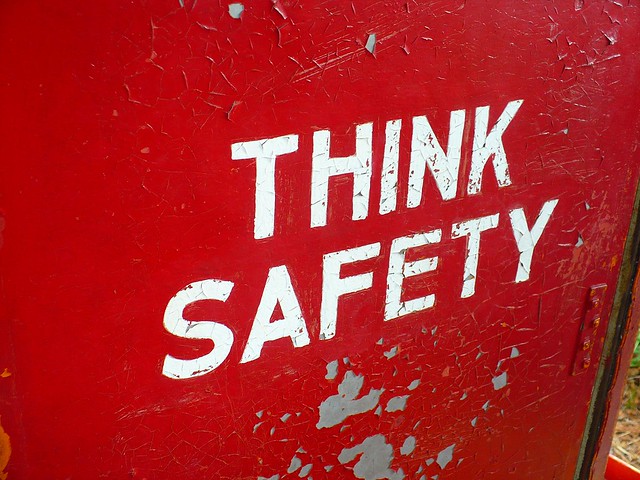
In 2011, 4,609 people died due to work-related injuries. Although that number has decreased since then, there’s still plenty of room for improvement regarding safety in America’s workplaces. Despite the many regulatory efforts to ensure safety in the workplace, many people continue to face daily threats. That is why a culture of safety is important.
One of the most effective ways to improve workplace safety is by creating a culture of safety embraced by employees. By creating this culture, workers can benefit from increased awareness that reduces the risk of a serious, potentially fatal, accident. Here are five ways you can help implement this cultural change.
Establish periodic training and retraining programs
Most workplace safety hazards need to be routinely addressed through training programs. But it’s easy to forget about the importance of maintaining certain procedures and practices—that’s why retraining is so important. Over time, you can continue to keep safety concerns present in workers’ minds. These periodic reminders will be valuable in helping an organization maintain expectations and proper safety practices.
Set company-wide safety goals
Most companies have this strategy employed in some form, and it’s a good one. Keeping track of workdays without injuries or aiming to set record lows for workplace injuries is one way to maintain awareness of safety hazard risks. You can even offer to reward your employees with a pizza party or other treat if those goals are met.
Set aside a budget for addressing safety concerns
When it comes to ensuring workplace safety, the phrase, “We don’t have the money for [necessary safety feature].” isn’t acceptable. Safety concerns should always come before financial worries. Think of it this way: a little money now to prevent workplace accidents can save you a lot of money later, when worker compensation, lost productivity and even possible lawsuits take a much bigger bite out of your finances. Have funds on hand to make sure various needs, like safety equipment repairs or new personal safety gear or fall protection products, are consistently met.
Enforce the use of personal safety equipment
There’s a difference between requiring safety gear and enforcing it at all times. If you’re interested in preventing injuries, you need to reprimand policy violators. Have a graduated punishment system put in place, such as warnings that lead to fines, or even suspensions, if violations are rampant.
Educate workers on appropriate accident procedures
An accident is probably inevitable at some point, so your workers need to understand how to respond to such a situation. They can minimize the complications by knowing proper procedure, such as shutting down equipment, calling 911 and taking other safety measures. Outline a standard procedure for your workers and go over it in training sessions to make sure they remember the proper actions.
Leading the charge on a cultural shift is not an easy thing, particularly when those existing cultures and attitudes are deeply engrained. Don’t let initial struggles get you down. Keep plugging away with the comforting knowledge that your persistence will eventually lead to change.
